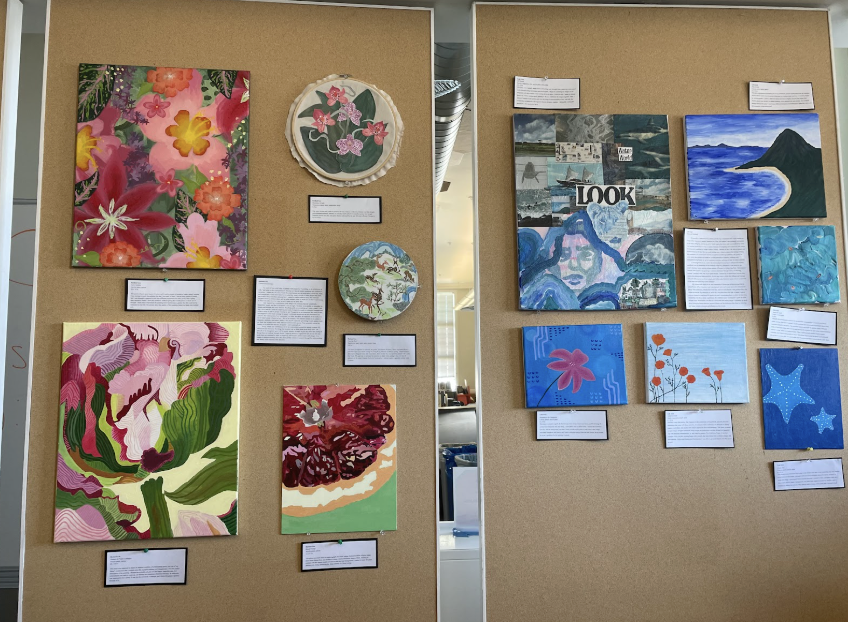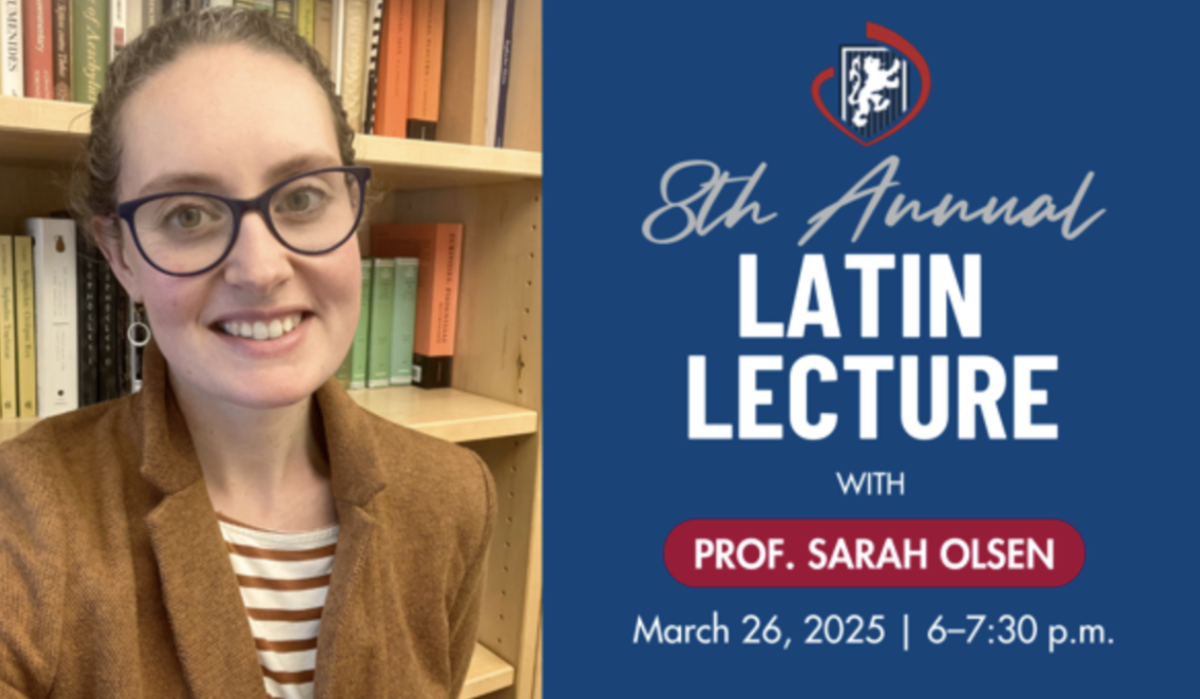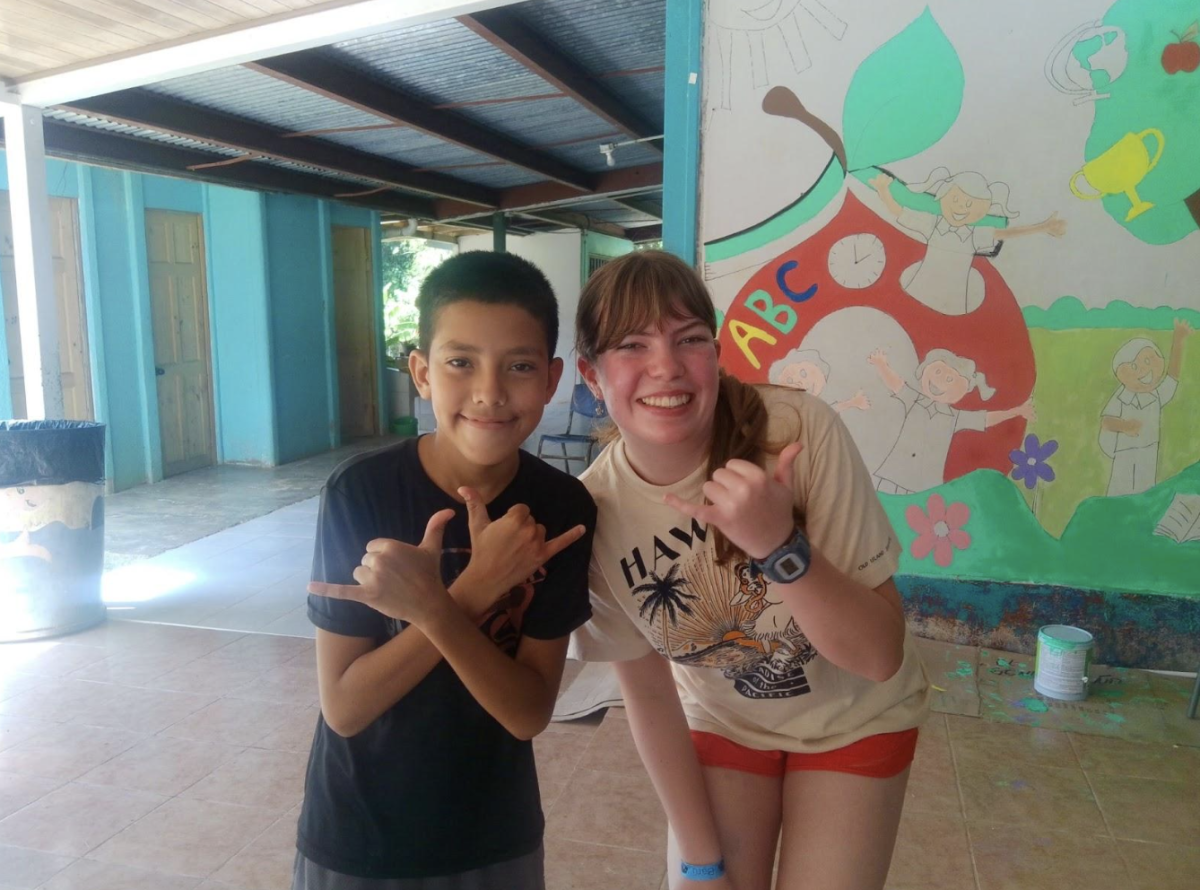Rebecca Lee
Reporter
The Asian Art Museum announced a proposal to fix its $120 million bond debt on Jan. 6, allowing the museum to continue to host special exhibits that the City of San Francisco alone could not provide.
“In short, the proposal reduces the foundation’s long term debt, and provides a longer period for the foundation to repay the money it owes,” Tim Hallman, Director of Marketing and Communications for the Asian Art Museum said.
The proposal, if enacted, will change the museum’s bond interest to a fixed-rate of 4.6 percent and increase the term to 30 years from 23.
The Museum is governed by a public/private partnership with the Asian Art Museum Foundation serving as the organization’s private fundraising arm. To complete the construction of the museum’s Civic Center home in the early 2000s, the foundation adopted a common funding model, to raise funds via capital campaign then issue bonds against the campaign commitments to finance the construction, according to the Asian Art Museum’s press release about its debt.
“There is a general agreement among all of the parties to support the key elements outlined in the proposal,” Hallman said. “However, the plan does not become official until the Asian Art Museum’s governing boards, as well as the City Board of Supervisors vote to approve the proposal.”
The proposal was written by City Controller Ben Rosenfield, City Attorney Dennis Herrera and City Public Finance Director Nadia Sesay along with its creditors, JP Morgan Chase and MBIA, Inc.
“The Asian Art Museum Foundation provides additional supplementary financial support to [San Francisco’s] museum, allowing it to present special exhibitions and programs to the public beyond what the City itself is able to fund,” Hallman said.
The City of San Francisco owns the Asian Art Museum building and its art collection, comprised of more than 17 thousand pieces that covers 6,000 years.
“Because the building and collection of art are owned by the city, the museum would still exist,” Hallman said. “The city decided to help the foundation restructure its debt so it could continue to raise funds to support the programming for the public.”
The museum’s attendance varies from year to year, depending on the special exhibition schedule but it averages about 300,000 visitors per year, including 20,000 school children.
The freshman world history classes study some of the art the museum holds.
“There’s a very diverse, broad variety of objects such as cooking utensils, ink prints and the gorgeous art,” freshman Sophia Kelley said. “I love how they have a tea room with the tea ceremony because it is very intricate.”
The museum began in 1959 when a Chicago industrialist donated his Asian art collection to San Francisco, providing the city built a new building to hold it. San Francisco voters passed a $2.75 million bond for the new museum, built as a wing of the M.H. de Young Memorial Museum in Golden Gate Park.
The Asian Art Museum moved from Golden Gate Park to the Main Library’s former building in the Civic Center, reopening on March 20, 2003.
“It’s a lot of art that I haven’t seen before,” junior Sarah Hegarty said. “SF MOMA [Museum of Modern Art] and the Legion of Honor don’t have much Asian-heritage art. It makes San Francisco different.”








